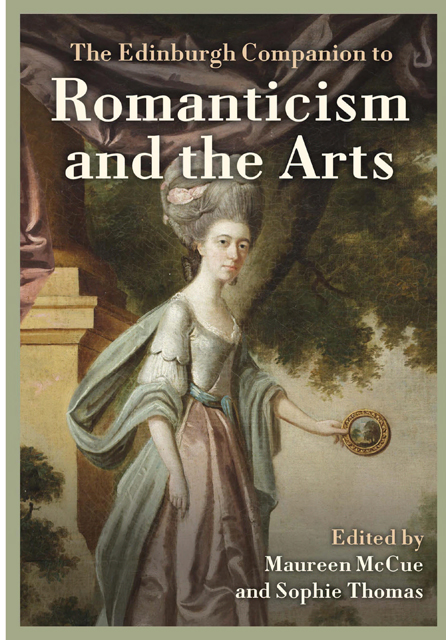1 - ‘The happiest vehicles of antiquarian knowledge’: The Visual Arts and Romantic Antiquarianism
Published online by Cambridge University Press: 25 April 2023
Summary
The ‘ arts of design, ever cultivated by civilized nations’, observed the eminent antiquary Richard Gough in the preface to his British Topography (1780), ‘are the happiest vehicles of antiquarian knowledge’ (Gough 1780, xxxviii). At the time of writing, Gough was halfway through his twenty-year-long tenure as director of the Society of Antiquaries of London (SAL), and his comment was inspired by exasperation rather than celebration. Gough admonished his countrymen for ‘penetrat[ing] the wilds of Europe, and the desarts [sic] of Asia and Africa, for the remains of Grecian, Roman, and earlier architecture, yet no artist offers himself a candidate for fame in preserving those of our forefathers in their own country’ (xxiv). Surveying the scattered attempts of British antiquaries to put together a visual record of native antiquities, Gough noted that roughly half a century after the publication of Bernard de Montfaucon’s monumental Les monumens de la monarchie françoise (1729–33), Britain still lacked a similar ‘system of […] antiquities’ that was ‘illustrated with representations from original monuments’ (xli) and manuscripts. Just as irksome to Gough was the SAL’s recent swerve towards financing extravagantly costly prints that tapped into the contemporary vogue for history painting. The SAL’s decision to publish large-scale prints of grand historical scenes from the reign of Henry VIII, taken from wall paintings at Windsor and Cowdray, had ‘give[n] the public two or three pieces of English history’, Gough grumbled, ‘while such a work as Montfaucon’s might have been carried on at an easier expence and greater advantage in every respect’ (xli). Gough’s comments are not just a symptom of internal institutional wrangling: they also raise wider questions pertinent to the relationship between antiquarian research and the visual arts that I explore in this chapter. Gough’s concerns preoccupied many other antiquaries of this period: which modes of visual mediation are most conducive to the generation of antiquarian knowledge? What kind of information about the past is encoded in historical paintings, visual documents and monuments – and how can it be unlocked? Can, and should, the imperatives of empirical documentation be reconciled with matters of aesthetic taste? What role have the arts to play in the communication of antiquarian information to the wider public?
- Type
- Chapter
- Information
- The Edinburgh Companion to Romanticism and the Arts , pp. 23 - 39Publisher: Edinburgh University PressPrint publication year: 2022



